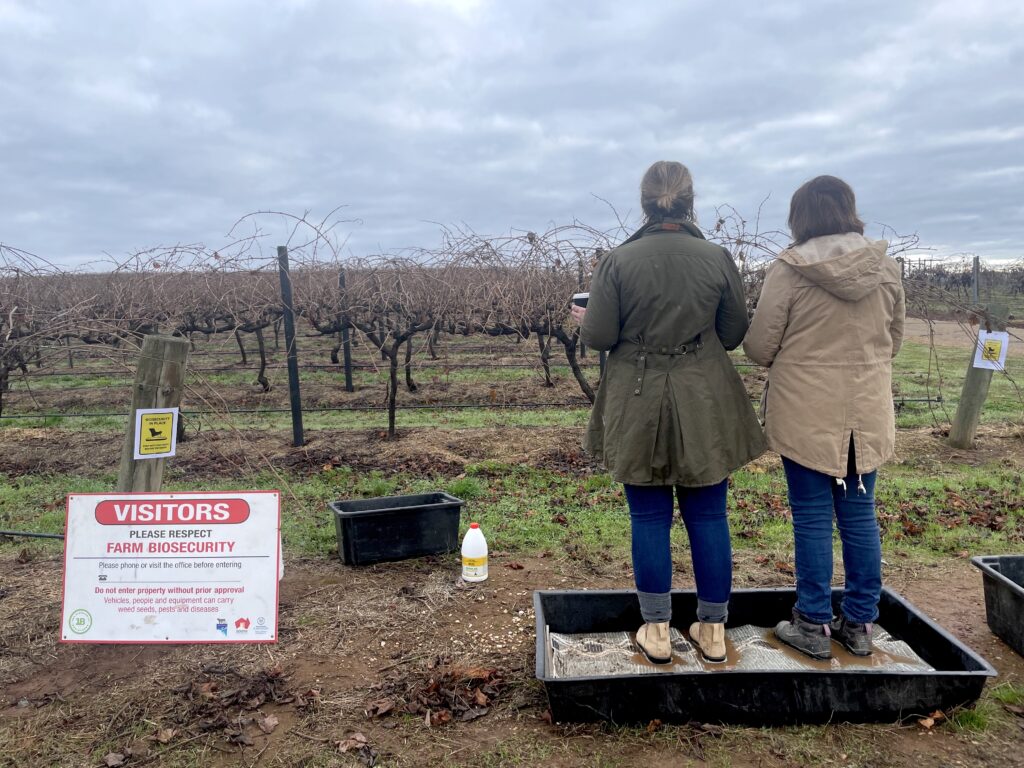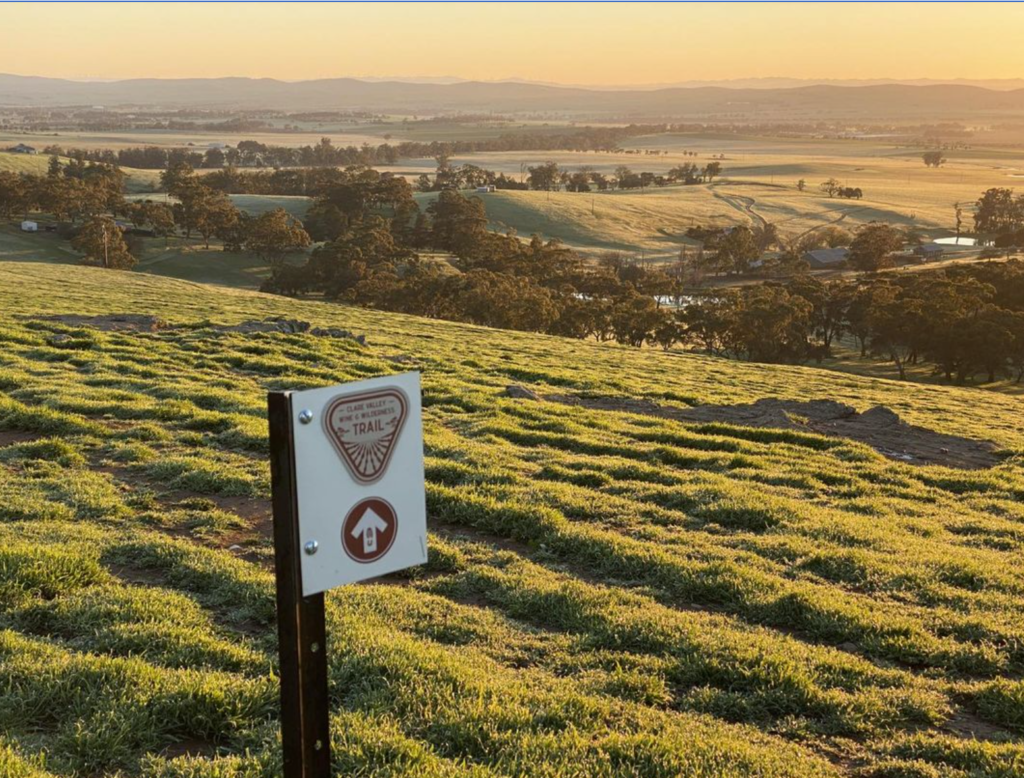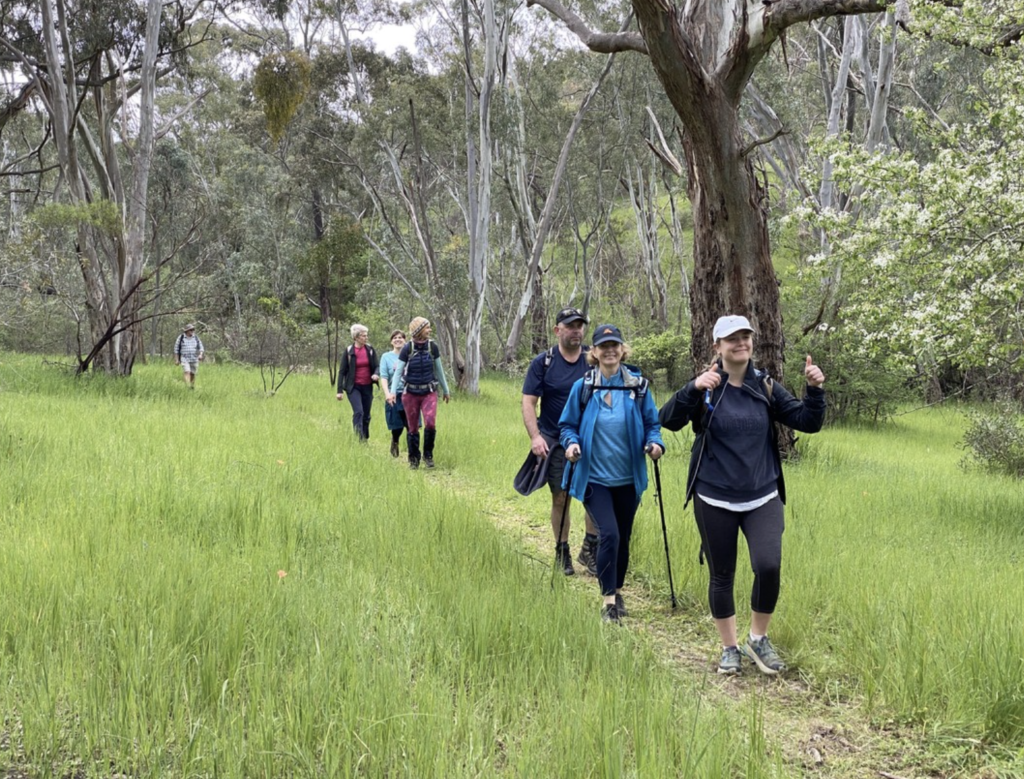Biosecurity is a key focus at industry events in the Clare Valley. At the 2024 SA Pruning Championships, to be held in the region on 21 June, Clare Valley Wine & Grape Association will set up multiple footwash stations for competitors and spectators to disinfest shoes.
“We’ve been doing this for years,” said CVWGA Executive Officer Anna Baum. “At industry events, we set up half a dozen footbaths with the Vinehealth Australia footwear disinfestation poster displayed. We ensure that all people go through the footbaths.
“For the Pruning championships, the footbaths are strategically set up at the vineyard entry point and we fence off the vineyard for the event so people have to enter through that point. The fencing is also to prevent vehicles from entering the vineyard. And we’ll have someone policing the footbaths to make sure that people stay in there for 60 seconds.”
For the first time this year, all pruning shears will also be disinfested in the footwash stations. “We’re thinking of changing from chlorine to Dettol this year for our footbaths, as it’s a bit kinder to shoes and clothing and we think it will be less corrosive for the snips,” Anna said.
Biosecurity is a bigger challenge at consumer events, such as the recent Clare Valley Gourmet Week and Festival Weekend in May.
“With our Festival Weekend and larger consumer events, where we have hundreds or thousands of people, we encourage wineries to focus on how they’re going to control the flow of people and vehicles to keep vineyards safe,” Anna said.
“This year, two of our biggest venues, Paulett and Pikes, had clear traffic flow systems in place, so that people knew where they could drive, where they could park, and where they could walk. And people were kept away from the vineyards with signage and barriers.
“This was mainly done for traffic flow and logistics, but these activities have large benefits for biosecurity as well. That’s particularly important when it’s a large event and you can’t easily ask people where they have come from.”
The Clare Valley is well known for cycling and walking trails, including the famous Riesling Trail for cycling enthusiasts. The Clare Valley Wine and Wilderness Trail was recently developed to cater for bushwalkers.
This is a 100km, six day staged hiking trail that begins and ends at the Clare Valley Wine, Food & Tourism Centre. All stage heads are located at wineries.
The trail showcases the region’s natural beauty and premium food and wine products, passing 20 cellar doors, seven restaurants and four pubs.
“When the trail committee were developing the routes, they were very careful not to go through vineyards. And when the trail goes near vineyards, they’ve put up Vinehealth Australia ‘Please Stay on the Track’ signs to keep people on the path,” Anna said.
“And along the trail, there are footwear cleaning stations, including brushes and disinfectant which you often see in national parks, to help stop bushwalkers from spreading any weed seeds.”
Clare Valley Wine & Grape Association participated in a Vinehealth Australia phylloxera outbreak simulation several years ago and Anna said it was a very helpful exercise for vineyard owners and winemakers in the region.
“We must have had 50 people involved in the simulation, which is huge for Clare. Everyone had their roles, and I think it was a really great exercise to make it clear how disruptive to business operations an outbreak would be,” Anna said.
The association is keen to participate in more outbreak simulations in the future. Anna said another goal for the association was to create more awareness about biosecurity through social media.


